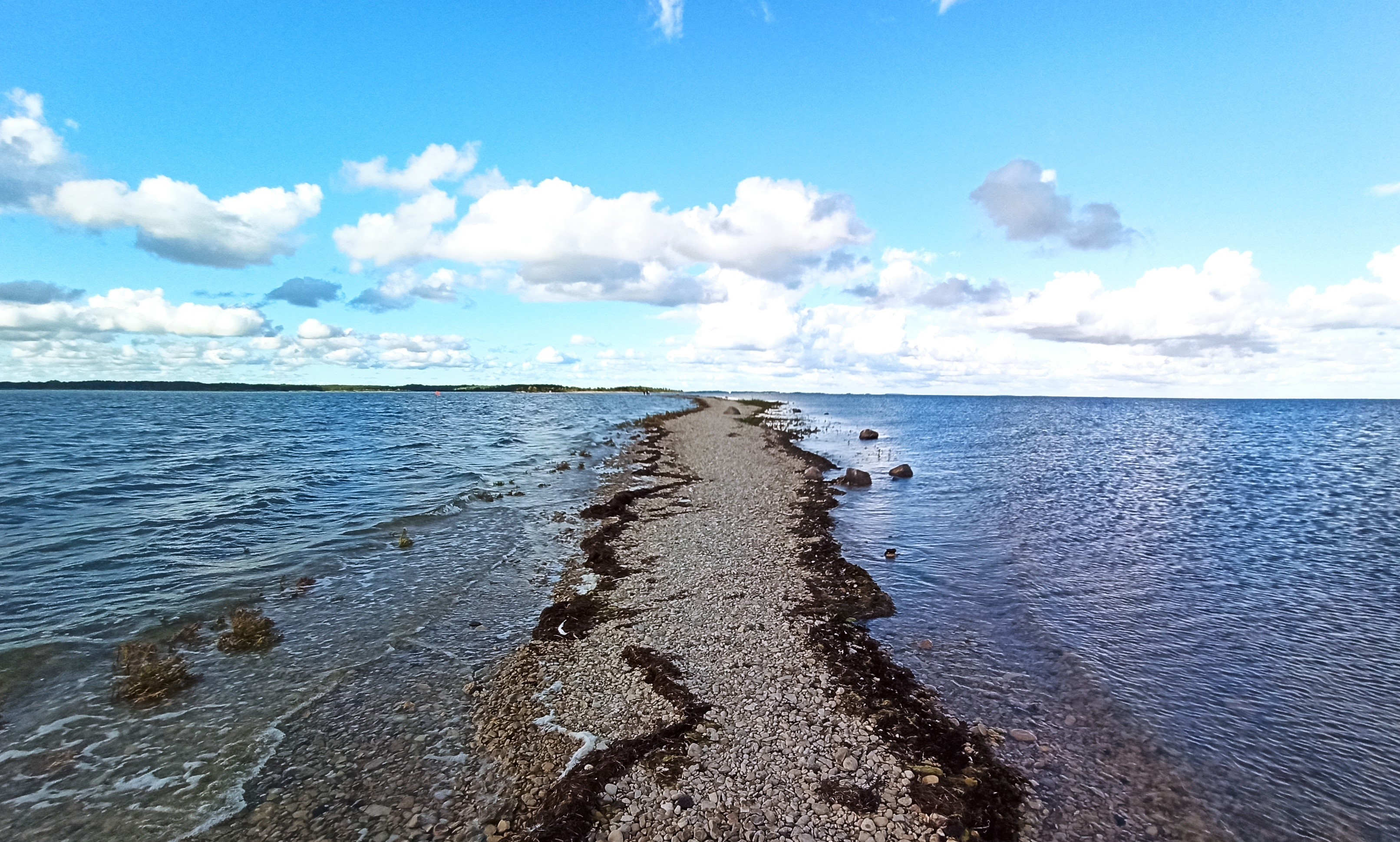The Estonian sea coast is diverse and the types of shores that occur here often vary after a short distance
The coast is considered to be the coastal zone and the adjacent land and sea – coastal lands and coastal sea. The landward border of the coast is the imaginary line connecting the bottoms of the bays, while the seaward border is an imaginary line connecting the peaks of the peninsulas. If there are islands in the coastal sea, the seaward border of the coast runs along the most seaward islands.
In Estonia, the seabed has a low slope and the coast as a whole is flat, within which a steep shore (characterised by the existence of coastal erosion banks and coastal erosion flats; a good example is a cliffed shore) and a straight shore (characterised by sediment accumulation) are distinguished [1].

The Estonian sea coast is diverse and the types of shores that occur here often vary after a short distance. The abundance and rapid change of shore types is due to the geological structure and development history of the area.
In Estonia, the coastline is 1,240 km long on the mainland and 2,540 km long on the islands. In Estonia, there are approx. 1,500 sea islands, almost 80% of which are small. In turn, 60% of them are located in the West Estonian archipelago [1].
Last modified: 15.11.2021
______________________________________
[1] Eesti rand, rannik ja saared. Eesti Entsüklopeedia. 2002. http://entsyklopeedia.ee/artikkel/eesti_rand_rannik_ja_saared